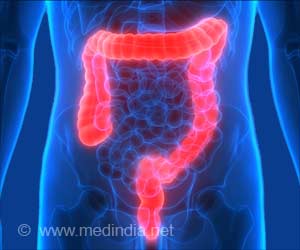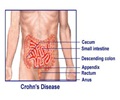The new finding is found to be valuable for screening specific medications and treatment against Giardia and other protozoan parasites.

Protein Synthesis Mechanism in Giardia Parasite
In recent years cryo-EM has been instrumental in unraveling the steps of protein synthesis in various species, from bacteria to humans. Yet, there was no knowledge of the protein synthesis process in protozoan organisms, a group of single-celled organisms that are often parasitic to humans and other mammals.‘The finding sheds fresh insights for screening specific drugs against Giardia, the tiny parasite that cause diarrheal disease giardiasis. ’





Uppsala scientist Professor Suparna Sanyal and her team members, particularly Dr. Soneya Majumdar and PhD student Andrew Emmerich, took up the challenging project of unraveling the details of protein synthesis of Giardia intestinalis in 2020. Giardia is an important research topic, not just because it causes nasty diarrhea in mammals, but also because it serves as a model system for much more hazardous protozoan parasites. In collaboration with Giardia expert Professor Staffan Svärd at Uppsala University, the research group cultured Giardia and purified native ribosomes – which are the protein factory of the cell. They set up cryo-EM grids in the facility at Uppsala University and collected cryo-EM data in the Umeå node of the SciLifeLab facility.
After two years of hard work, they were able to resolve high-resolution structures of six different states of elongation of Giardia protein synthesis. These novel structures could be assembled in a video showing sequential changes in the ribosome structure, movement of the tRNAs, and the binding and release of translation elongation factor eEF2 – all essential for protein synthesis in Giardia and other protozoa.
Source-Eurekalert















